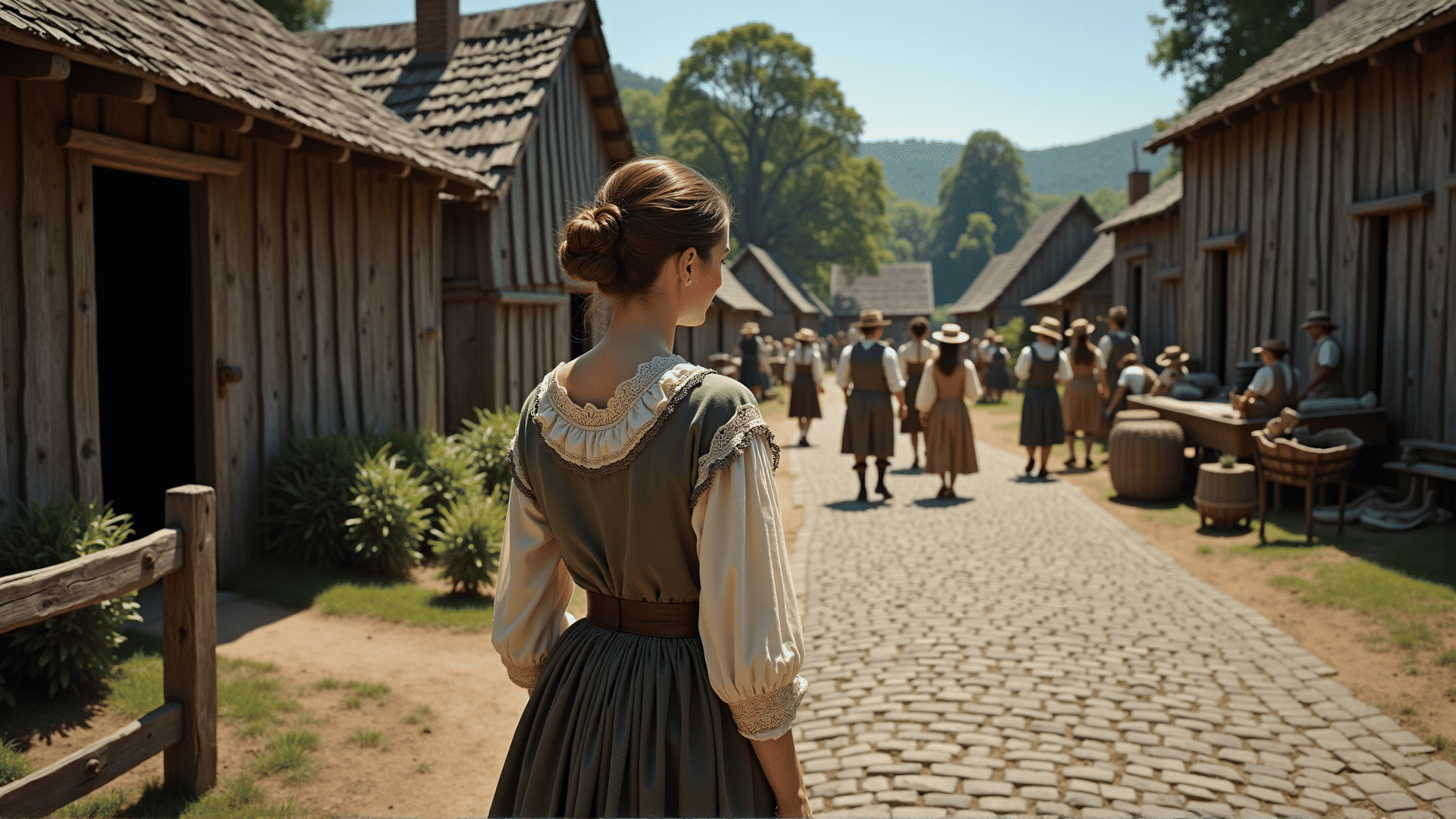In the tapestry of history, the attire of Colonial America presents a vivid picture of cultural convergence and adaptation. This era was marked by the intersection of European styles with indigenous influences, crafting a distinctive clothing aesthetic that mirrored the multifaceted identities of the people.
European settlers arrived from disparate regions, bringing with them a variety of materials and cuts. Men commonly wore garments such as breeches, waistcoats, and muslin shirts. These were typically complemented by stockings and sturdy shoes, designed to withstand the challenges of their new environment. The palette was often muted, favoring earth tones and occasional vibrant hues derived from natural dyes.
Women's attire exhibited both grace and utility. Gowns were constructed with fitted bodices and flowing skirts, often layered over petticoats. The layering not only added volume, reflecting the contemporary European silhouettes, but also provided essential warmth. Accessories like bonnets and aprons were prevalent, offering protection and practicality.
Indigenous designs had a marked impact, particularly in terms of materials and techniques. For example, moccasins—crafted with expert knowledge by Native American tribes—were quickly adopted for their comfort and durability. Additionally, the use of leather and fur became more pronounced, blending seamlessly with European textile methods to create garments suited to the colonial lifestyle.
Tailoring and embroidery were not purely practical endeavors; they served as avenues for personal expression. Needlework added intricate designs to otherwise simple layouts, with motifs inspired by nature and daily life. Garments were often passed down through generations, embodying familial ties and stories.
Resourcefulness defined the colonial clothing ethos. Fabrics were precious, and the ability to mend and repurpose garments was vital. Domestic production played a critical role when trade routes were disrupted, necessitating self-sufficiency. This led to homegrown industries where women spun wool and men wove linen, ensuring that attire was an extension of the community’s resilience.
Social class distinctions were subtly manifest in attire. The affluent displayed their status through finer materials and more elaborate embellishments. Meanwhile, the working class emphasized durability, with clothing made to withstand hard labor. Yet, the basic structural design remained surprisingly similar across social strata, highlighting a shared colonial identity born of necessity and craftsmanship.
Understanding the clothing styles of Colonial America offers a lens into the wider culture of the time. It is a testament to the human spirit's adaptability and creativity, weaving threads from different origins into a cohesive garment that speaks of unity and diversity. This unique blend reminds us of a time when attire was not just a personal choice but a crucial element of survival and cultural narrative.
